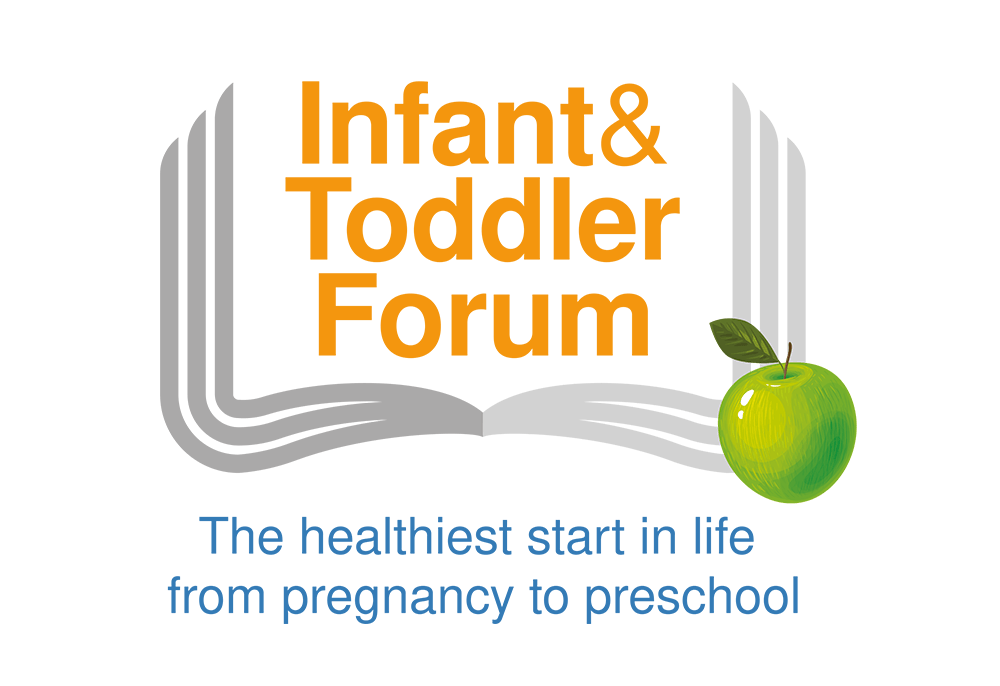Lucy Upton, Specialist Paediatric Dietitian and Nutritionist
Nothing describes a rollercoaster more accurately than the early months with your newborn baby. With the rush of love and amazing bonding experience that many new parents feel also comes numerous unknowns and challenges which can cause high levels of anxiety. Not always having the answer or being unsure of where to look for trusted information can naturally leave some parents feeling stressed and overwhelmed.
The first 12 months of your baby’s life contain many stages which are critical for their health and development. We have listed our top ten tips below to help any new parent feel supported during milk-feeding, the introduction of complementary foods (weaning) and the transition to family foods.
- BENEFITS OF BREASTFEEDING – Breastfeeding not only helps protect your baby from illness, but also has some benefits for you, such as a slightly lower risk of breast and ovarian cancer. It may take time for you both to learn how breastfeeding works best for you, so don’t be afraid to ask for help if you need it! Breastfeeding involves no preparation or sterilization of equipment and is immediately ready at the right temperature. Breastfeeding is also free whereas formula milk costs on average £50 a month.
- PROLONG THE BENEFITS – Breast milk, the best option, or infant formula should be given for at least 12 months. As long as breastfeeding continues, your baby will continue to reap the benefits including protection against illness, thanks to the maternal antibodies in breast milk.
- VITAMINS ARE VITAL – Breast milk and foods alone are unlikely to provide enough vitamin D, which is essential for bone health. It is advisable to take a Vitamin D supplement from birth to ensure you and your baby are receiving the optimum amount. If your baby is having formula milk, Vitamin D supplementation is recommended once daily if formula intake is less than 800mLs/day.
- RESPONSIVE FEEDING – Let your baby decide how much milk to drink. Offer feeds when your baby is showing signs they are hungry and remember babies will cry for reasons other than hunger. Responsive feeding is key to preventing over consumption and excess weight gain in babies, so trust your baby and learn to follow their cues.
- HUNGRY FOR MORE – When your baby is showing signs they are ready for more than milk, begin to offer food alongside their milk feeds. This should happen by 6 months, but not before 4 months. Complementary foods will provide essential nutrients for health and give your baby the opportunity to learn to like different tastes and manage different textures.
- IT’S ALL ABOUT IRON – Offer iron rich foods such as meat, oily fish, eggs, pulses and nut butters, from the start of weaning as this is the most critical nutrient during this time. Pulses, eggs and nuts contain ‘non-haem’ iron, which can be more difficult for the body to absorb than iron from meat sources. Including foods high in vitamin C at mealtimes will improve iron absorption.
- DEVELOPING FEEDING SKILLS – Offer spoon-feeding, soft finger foods and a cup of water at all meals so that your baby begins to develop their feeding skills. It is important to be aware that babies develop feeding skills at different rates and that it’s not a race, so don’t worry if your little one is yet to move on from the spoon-feeding stage.
- LISTEN TO YOUR BABY – Stop feeding when your baby shows you that they have had enough. Signs include; keeping their mouth closed, pushing food away or turning away from milk or food. Feeding responsively is vital to allow babies to transition from a milk-based to a food-based diet, as food provides more energy and nutrients in a smaller volume.
- ALLERGY AWARE – Introduce allergenic foods one at a time, from 4 to 6 months. One allergenic food can be given every day for about three days, and if tolerated should continue to be given regularly (2-3 times per week). The latest research suggests that including these foods regularly as part of the weaning diet may actually reduce the risk of food allergies developing.
- TIME FOR TEXTURE – Move onto thick mash with soft lumps between 6 and 8 months then onto minced and chopped family foods alongside firm finger foods between 9 and 12 months. Babies should be offered milk drinks in cups instead of bottles by around 12 months, as prolonged bottle use can impact on teeth and speech development.
Found this helpful? Why not share with your family and friends? Click here for further information on infant feeding and the first year.
